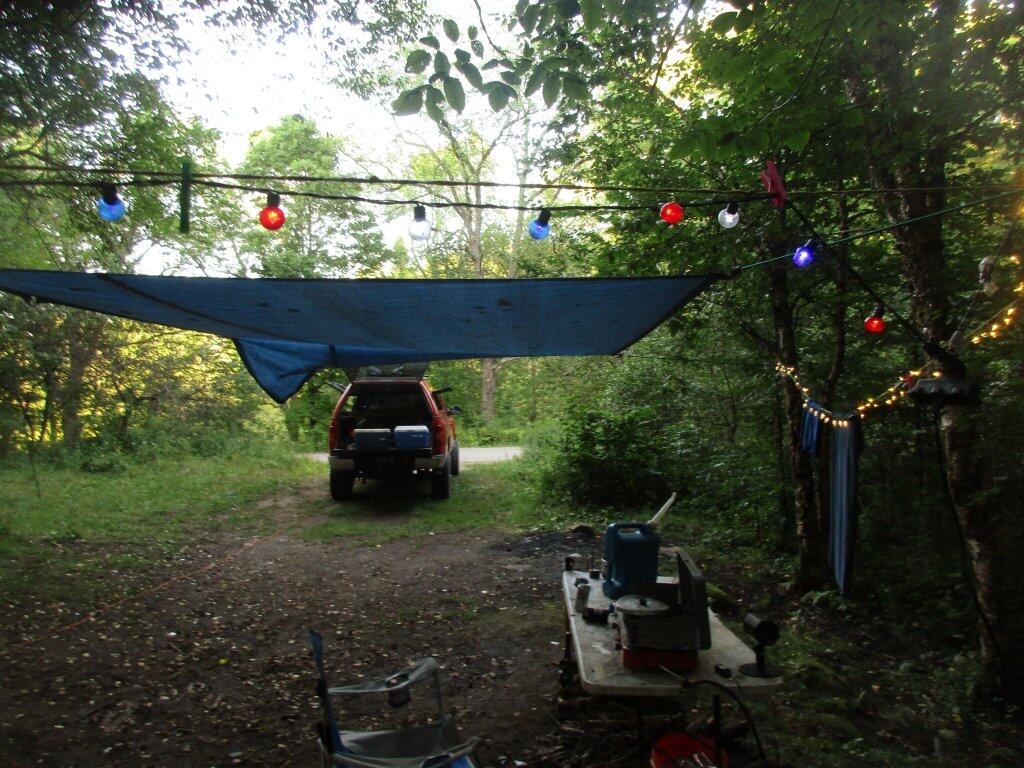Five days in the wilderness. 📴
- I disabled my Facebook.
- I turned off mobile service on my phone.
- I camped and hiked where I knew I would have no service.
- I didn’t listen to the radio news much.
Probably it was terribly irresponsible as my parents are elderly and have been going through a lot of medical issues lately. There probably were work emails and projects. Save the Pine Bush probably needed maps and property research. A million reasons why people probably needed me over the past five days. But it’s not the first ti1me I’ve spent in the wilderness cut off from it all.
I’ve just been fried after so many things have been going on in this world over the past few weeks.
While I mentioned on the blog that I was going out of town, I didn’t post much about it in social media before switching off. I told my parents briefly but few others besides confirming with the other directors it would be fine to take a few personal days.
I’m back now. I’ve gotten the many email pings and messages, I’ll have to review them and the voice mail. They’ll get addressed. I’ll turn my social media back on and see what Facebook says I’ve missed. Catch up on Ag Tiktok and the cow shit spreaders.
